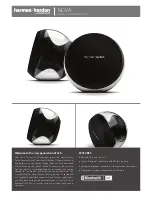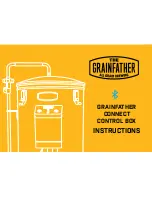
Setup Parameters
5 - 6
Modified: 9/17/08
MedWeld 4000 Operator’s Guide
M-032116 Programs #T03300, #T02300 and #T02400
LOW BATTERY:
(FAULT) (ALERT)
A battery back-up maintains RAM integrity while the control is
powered down. This condition is generated when the control
detects that the battery’s charge is low. To clear this fault. replace
the battery within 30 to 60 days.
HIGH C-FACTOR LIMIT:
(FAULT) (ALERT)
LOW C-FACTOR LIMIT:
(FAULT) (ALERT)
These two conditions indicate that the actual C-Factor read during
the weld exceeded or fell below the values programmed in the C-
Factor function (C-FACTOR LIMIT: HI=nnn LOW=nnn).
The low limit is helpful to detect cable and connection
deterioration. The upper limit can detect secondary bridges and
shunting paths. (Refer to “C-Factor” on page 7-1 for more
information.)
SYSTEM COOLING:
(FAULT)
This fault is generated if the control receives a valid weld initiate
and the TRANSFORMER OVER-TEMPERATURE/SYSTEM
COOLING input is not active. This fault is also generated if the
SCR thermal switch is tripped.
HEAT CYCLE LIMIT:
FAULT)
This fault is generated when the control detects that the number of
consecutive weld cycles where conduction occurred exceeded the
limit programmed in the Heat Cycle Limit (0=SEAM) setup
parameter.
When the limit is exceeded, the weld schedule is finished in No
Weld Mode. The control generates a HEAT CYCLE LIMIT fault.
WELD INTERRUPTION:
(FAULT) (ALERT)
This fault is generated under three conditions:
•
If the control moves into No Weld Mode while sequencing.
•
If the control powers down while sequencing.
•
If the WTC weld processor loses communication while the
control is executing a schedule.
I/O: (
T02300 only
)
(FAULT)
This fault is issued when there has been a loss of communication
over a set amount of time and no I/O is being received at the weld
processor.
















































